On December 29, 2024, the seminar on the research project "Research on Capacity Adequacy Mechanisms Adapted to the New Power System" was held in Beijing. The project is a joint effort by the Department of Electrical Engineering and Applied Electronics (EEA) at Tsinghua University, Wuhan University, and the State Grid Shanxi Electric Power Company. The seminar brought together 20 distinguished leaders and experts, including Shu Yinbiao, Academician of the Chinese Academy of Engineering, Chairman of the Chinese Society for Electrical Engineering, and President of the 36th International Electrotechnical Commission (IEC). Representatives from the Shanxi Provincial Energy Bureau, China Energy Research Society, State Grid Corporation of China, China Southern Power Grid, Tsinghua University, and North China Electric Power University also attended. The seminar was chaired by Tian Hongxun, Deputy General Manager of the State Grid Shanxi Electric Power Company. Wang Zhengtao, Chairman of the company, delivered the opening speech, highlighting the progress of the Shanxi electricity spot market, which has been in official operation for a year. He emphasized that evolving policies and market structures have significantly altered the foundation for capacity adequacy research, creating an urgent need for innovative mechanisms.
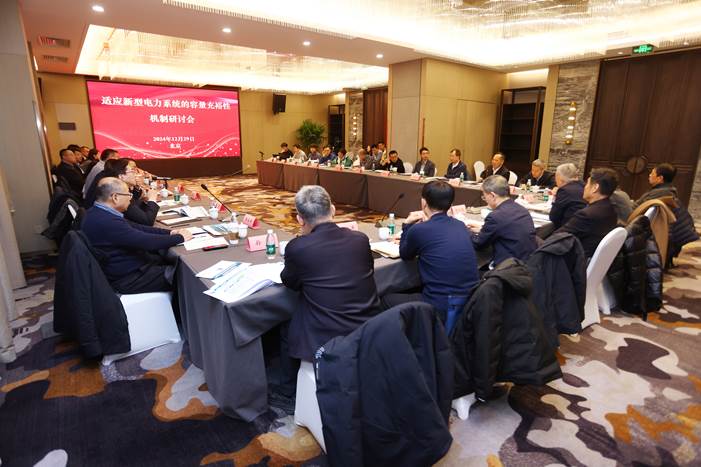
Research Progress Report
During the seminar, the Tsinghua University research team presented an update on the project's progress. Professor Kang Chongqing provided an overview of the research, while Associate Researcher Guo Hongye detailed five key areas: analysis of mainstream capacity mechanisms both domestically and internationally; adaptability and price determination of capacity pricing mechanisms under the current market framework; credible capacity accounting for diverse power sources; design of capacity market mechanisms tailored to China's power market; development of a capacity market operation analysis platform. The research team concluded by offering policy recommendations for capacity adequacy mechanisms within the current Chinese power market environment.

Key Insights from Industry Experts (Liu Yingshang, Shi Lianjun)
Liu Yingshang, former Deputy Chief Engineer of China Southern Power Grid, stressed the importance of aligning capacity adequacy mechanisms with China's unique power sector characteristics and defining the core problems they need to solve. Professor Shi Lianjun from North China Electric Power University suggested refining the intensity of capacity pricing compensation to better incentivize capacity providers while enhancing market competition. Xie Kai, General Manager of the Beijing Electric Power Trading Center, emphasized the need to clearly define the relationship between capacity and energy markets. While closely linked, these markets must be appropriately decoupled in research and policy design. Dong Yu, Director of the National Electric Power Dispatching and Control Center, highlighted the rising costs of the new power system alongside declining market marginal prices, underscoring the necessity of reasonable compensation mechanisms to sustain power generation investment.
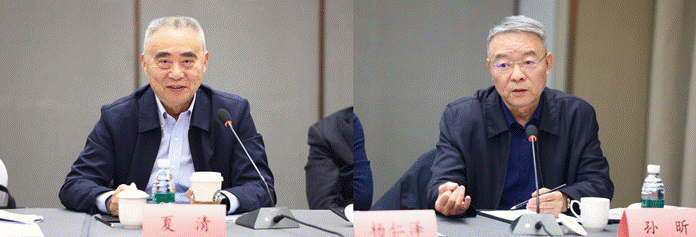
Key Insights from Industry Experts (Xia Qing, Sun Xin)
Professor Xia Qing from Tsinghua University noted that credible capacity accounting must account for uncertainties to accurately assess the actual contributions of various power sources. Sun Xin, former Assistant General Manager of the State Grid Corporation of China, stressed that safety and adequacy should be central to new power system design, particularly in mitigating risks from extreme weather and other critical scenarios. Liu Yongqi, Director of the Pumped Storage and New Energy Division at State Grid, pointed out that adequacy mechanisms should consider the interplay between system capacity and regulation capability, with energy storage and pumped storage playing crucial roles.
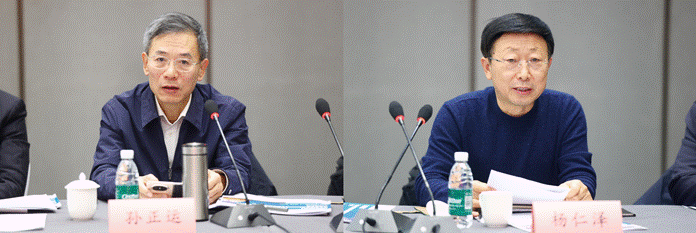
Key Insights from Industry Experts (Sun Zhengyun, Yang Renze)
Sun Zhengyun, Vice Chairman and Secretary-General of the China Energy Research Society, emphasized the need for adaptive mechanisms as China undergoes a rapid power sector transition. He called for detailed research on how capacity adequacy mechanisms should evolve under different boundary conditions. Yang Renze, Second-level Inspector at the Shanxi Provincial Energy Bureau, advocated for the development of a parallel cost recovery mechanism for capacity pricing, ensuring integration with both spot market pricing and capacity compensation strategies.
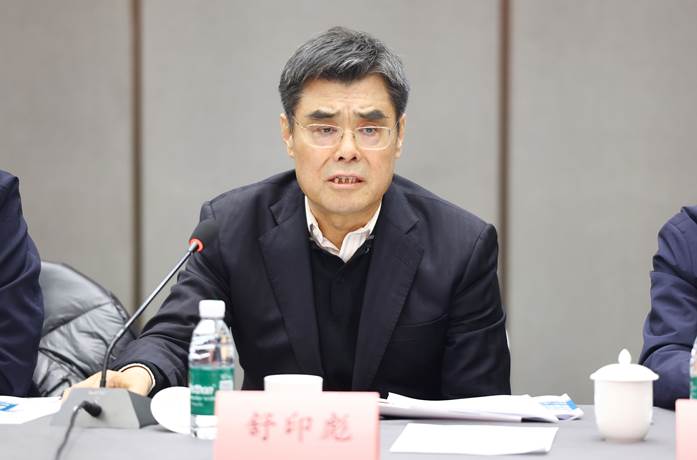
Closing Remarks by Academician Shu Yinbiao
In his concluding remarks, Academician Shu Yinbiao commended the research team for their innovative theoretical work and practical application to Shanxi's electricity market. He encouraged them to continue adhering to a research philosophy that combines "policy mechanisms + scientific technology," ensuring that theoretical advancements translate into effective and actionable capacity adequacy mechanisms. He emphasized that such efforts will play a vital role in refining China's power market system.
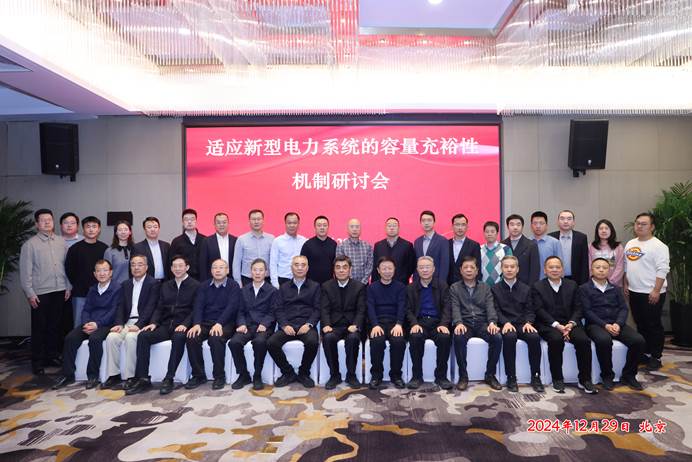
Group Photo of Participating Experts and Project Team Members
"Research on Capacity Adequacy Mechanisms Adapted to the New Power System" is a collaborative theoretical research project involving EEA of Tsinghua University, the Institute of New Power Systems and International Standards at Wuhan University, and the State Grid Shanxi Electric Power Company. The project aims to enhance capacity pricing mechanisms, improve credible capacity accounting across diverse power sources, and refine capacity market design. By integrating its findings into the Shanxi power market rule system, the project seeks to provide technical solutions and serve as a national model for capacity adequacy mechanisms in China's evolving power system.

















 News & Events
News & Events